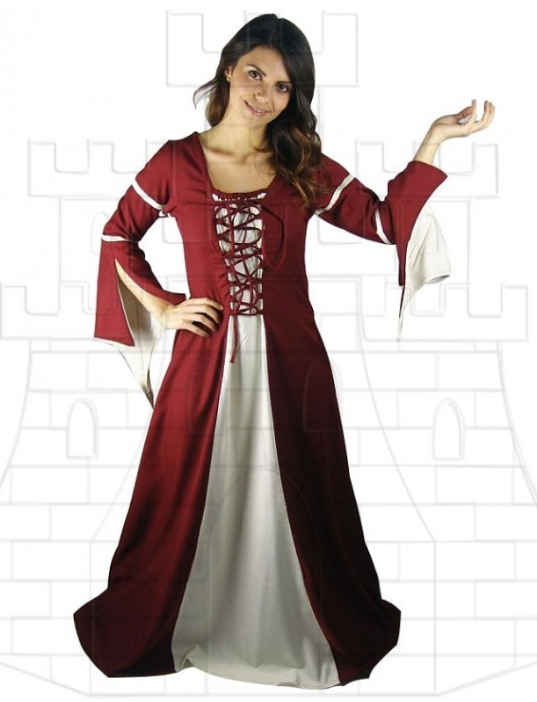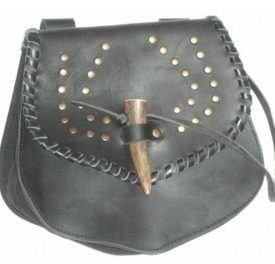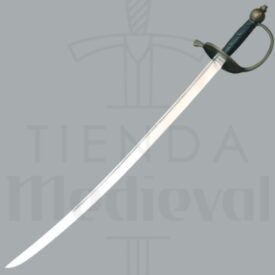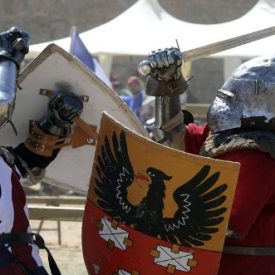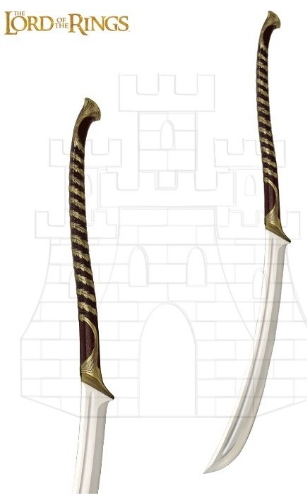Japanese helmets have always been a source of wonder and fascination, captivating enthusiasts with their unparalleled beauty and brilliance. The Samurai Warriors, known for their unwavering bravery and disciplined combat prowess, left an indelible mark in the annals of history, with their distinctive helmets playing a significant role in their legacy.
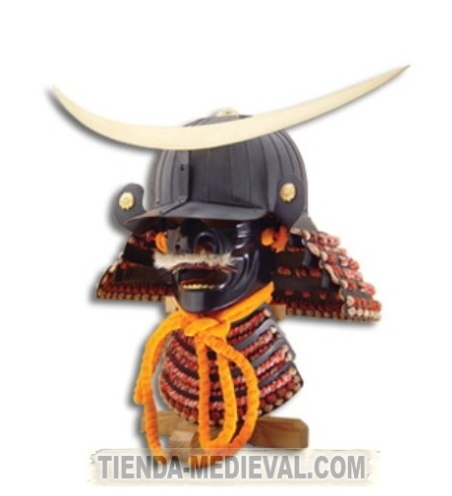
The Origins of Japanese Helmets
The history of Japanese helmets, or “Kabutos,” can be traced back to the 5th century. These remarkable pieces of armor sported a distinct middle crest that became their defining feature. As part of a samurai’s equipment, kabutos were not just utilitarian, but they also carried profound symbolic meanings.

The Symbolism Behind Kabutos
Kabutos were more than just protective headgear; they were symbolic representations of the warrior’s spirit and social status. The craftsmanship that went into creating these helmets was awe-inspiring, and they were often intricate works of art. Various elements of a kabuto, from the shape of the crest to the choice of materials, held significant symbolism.
The Middle Crest
The most distinctive feature of a kabuto was its middle crest, known as the “tehen.” This crest could vary in size and shape, and it was not just an ornamental feature but held practical significance. The tehen served as a mounting point for various attachments, such as decorative maedate (forecrests) and shikoro (neck guards). It also played a role in deflecting blows.
The Materials Used
Kabutos were crafted from a wide range of materials, including iron, leather, and lacquered wood. The choice of material not only influenced the helmet’s durability but also its aesthetic appeal. Some kabutos were adorned with intricate lacquer work and exquisite metalwork, making them true masterpieces of craftsmanship.
The Maedate and Shikoro
One of the most recognizable features of kabutos is the maedate, the decorative crest that adorns the front of the helmet. Maedate came in various forms, from simple family crests to elaborate sculptures that represented specific aspects of the warrior’s identity or history. The shikoro, on the other hand, served to protect the neck and was often made from rows of lacquered iron or leather plates.
The Evolution of Kabutos
As the centuries passed, kabutos evolved to meet the changing needs of the samurai. They transitioned from purely functional pieces of armor to symbolic emblems of a warrior’s identity and social status. The Edo period (1603-1868) marked a significant phase in the development of these helmets.
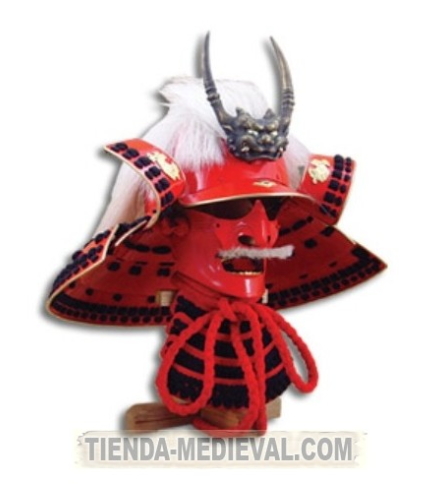
Ceremonial and Sophisticated Helmets
During the Edo period, kabutos became more ceremonial and sophisticated. These helmets were crafted with meticulous attention to detail, incorporating exquisite artwork, intricate metalwork, and luxurious materials. Samurai warriors cherished these ornate kabutos, not only for their protective qualities but also for the sense of pride and identity they conveyed.
The Edo Age Masterpieces
Some of the most luxurious kabutos continued to be produced during the final years of the Edo period, up until 1867. These helmets represented the pinnacle of craftsmanship, with each one being a unique piece of art. Samurai warriors who owned these exquisite kabutos were not only well-protected in battle but also carried a piece of their heritage with them.
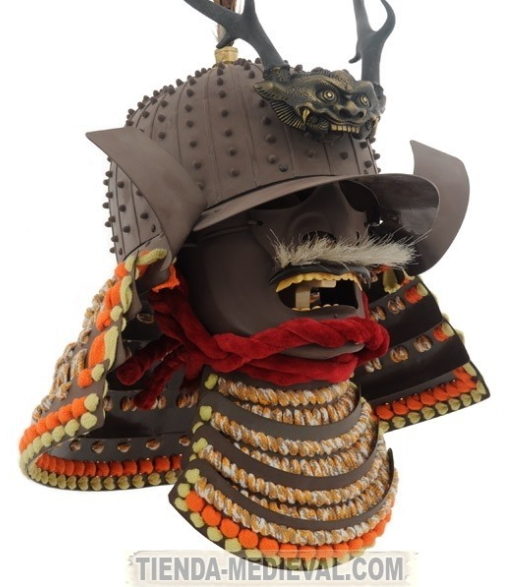
A Glimpse into the Legacy
The legacy of Japanese helmets, particularly kabutos, is a testament to the rich history and culture of the samurai. These helmets not only offered protection in the heat of battle but also served as symbols of honor, tradition, and identity. Their intricate designs and craftsmanship continue to inspire awe and admiration.
Unveiling the Beauty of Japanese Helmets
The allure of Japanese helmets lies not only in their exceptional functionality but also in the artistic and cultural depth they represent. As we delve deeper into the fascinating world of kabutos, we discover the intricate stories they tell and the symbols they bear. These helmets, often overlooked as mere pieces of armor, offer a window into the history of a warrior culture that prized honor and tradition above all.
The Intricate Craftsmanship
The craftsmanship of Japanese helmets is a marvel in itself. Master armorers dedicated their skills to create helmets that were not just protective gear but also exquisite pieces of art. The intricate lacquer work, the meticulous shaping of the tehen, and the delicate metalwork all contributed to the unique aesthetic of each kabuto.
Symbolism and Meaning
Every aspect of a kabuto was laden with symbolism. The family crest on the maedate, the shape of the crest, and even the materials used carried profound meaning. For the samurai, their helmet was an extension of themselves, a representation of their lineage, and a connection to their ancestors. It was a constant reminder of the code of Bushido and the honor they upheld.
Identity and Social Status
Kabutos were more than just protective headgear; they were a statement of identity and social status. The design of a samurai’s kabuto could tell you about their clan, their achievements, and their role in society. It was a visual indicator of their rank and importance within the warrior class.
Protective Functionality
While the beauty and symbolism of kabutos are evident, they were primarily designed for protection in battle. The construction of these helmets was carefully thought out to withstand the rigors of combat. The iron and lacquered wood served as a formidable defense against sword strikes and projectiles.
The Evolution of Kabutos: A Journey Through Time
The history of kabutos is a story of evolution and adaptation. From their humble beginnings to the opulent creations of the Edo period, these helmets underwent significant changes to meet the ever-changing needs of the samurai.

The Early Kabutos
The earliest Japanese helmets had a more simplistic design compared to their later counterparts. These early kabutos featured a central crest and minimal decoration. While they served their protective purpose, they were far from the ornate and symbolic pieces that would later emerge.
Transition to Symbolic Art
As samurai culture evolved, so did the design of kabutos. They began to take on more intricate shapes and designs, with family crests and decorative elements becoming a prominent feature. These helmets not only protected the warrior but also made a visual statement about their identity and lineage.
The Golden Age of Kabutos
The Edo period marked the golden age of kabutos. Samurai warriors during this time cherished these helmets not just for their protective qualities but for the sense of pride and identity they conveyed. Master armorers crafted kabutos with exquisite detailing, and each piece became a unique work of art.
The End of an Era
The end of the Edo period also marked the decline of the samurai class, and with it, the production of these remarkable helmets. As Japan modernized, the era of the samurai drew to a close, and the art of crafting kabutos began to wane.
Kabutos in Modern Times
While the samurai era may have ended, the legacy of kabutos continues to live on. Today, these helmets are not only cherished artifacts in museums but also revered symbols of Japan’s rich cultural heritage.
Museums and Collections
Many museums around the world display these magnificent helmets as part of their Asian art collections. These exhibits provide a rare opportunity for people to witness the beauty and craftsmanship of kabutos up close. They serve as a tangible link to a bygone era of honor and tradition.
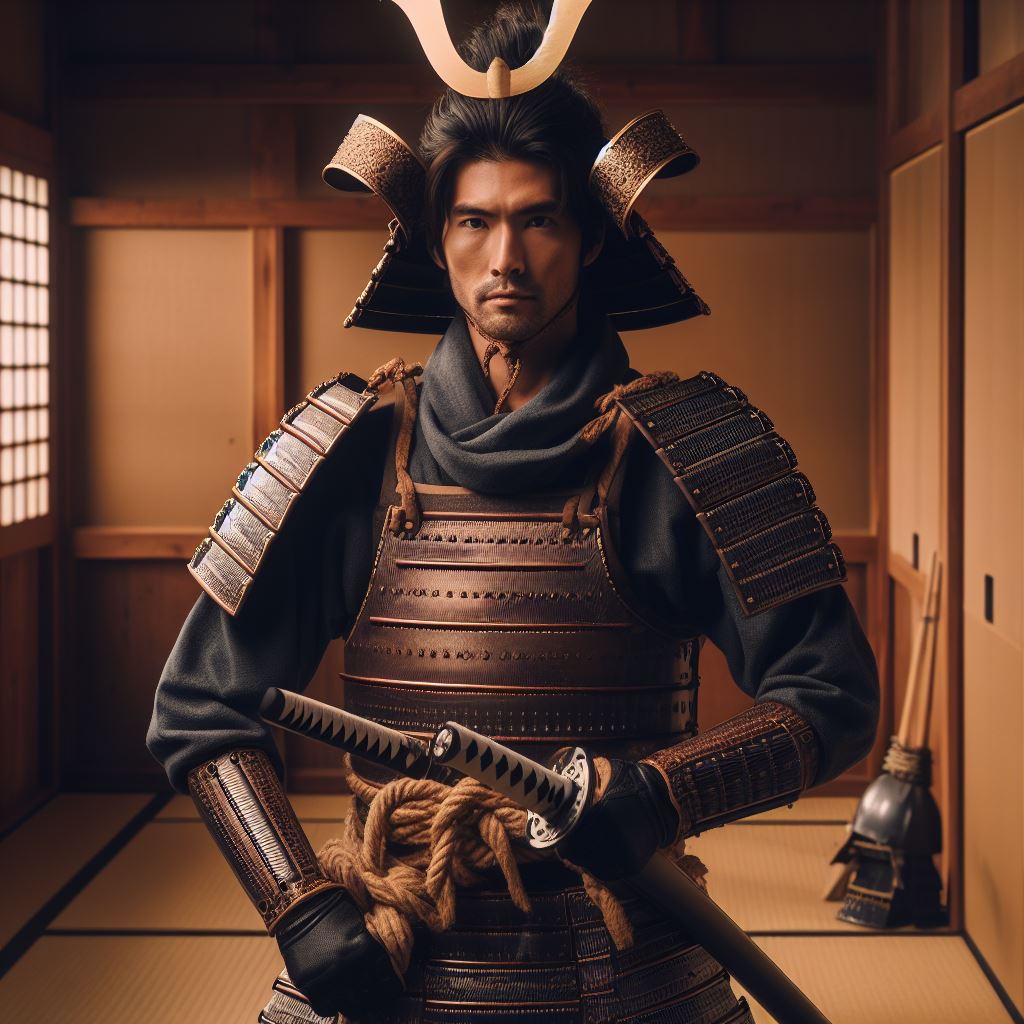
Cultural Symbolism
Kabutos have also made their way into modern culture. Their symbolism is often referenced in literature, art, and even pop culture. They serve as a reminder of the values upheld by the samurai – honor, loyalty, and courage.
Collectors’ Items
For enthusiasts and collectors, authentic kabutos are prized possessions. Acquiring one of these helmets is not just an investment in art and history but also a connection to a time when warriors roamed the land, and their helmets bore witness to their unwavering commitment.
The Call to Preserve
As we reflect on the legacy of Japanese helmets, there is a call to preserve and honor these cultural treasures. The beauty, symbolism, and historical significance of kabutos deserve to be celebrated and safeguarded for future generations.
It’s a reminder that the past should not be forgotten, and the values of honor and tradition should continue to inspire us. By supporting museums, cultural institutions, and the preservation of these artifacts, we can ensure that the legacy of Japanese helmets lives on.
Whether you’re an avid collector, a history enthusiast, or simply someone who appreciates the beauty of Japanese culture, the kabuto represents a rich tapestry of history and art. It’s a symbol of a warrior’s dedication, a craftsman’s skill, and a nation’s heritage.
In conclusion, the legacy of Japanese helmets, particularly kabutos, is a remarkable testament to the craftsmanship, symbolism, and history of the samurai. These helmets are not just artifacts; they are windows into a bygone era of honor, tradition, and unwavering commitment. As we continue to explore and appreciate the beauty of Japanese culture, let us also remember the importance of preserving and celebrating these cultural treasures. Together, we can ensure that the legacy of Japanese helmets lives on for generations to come.

